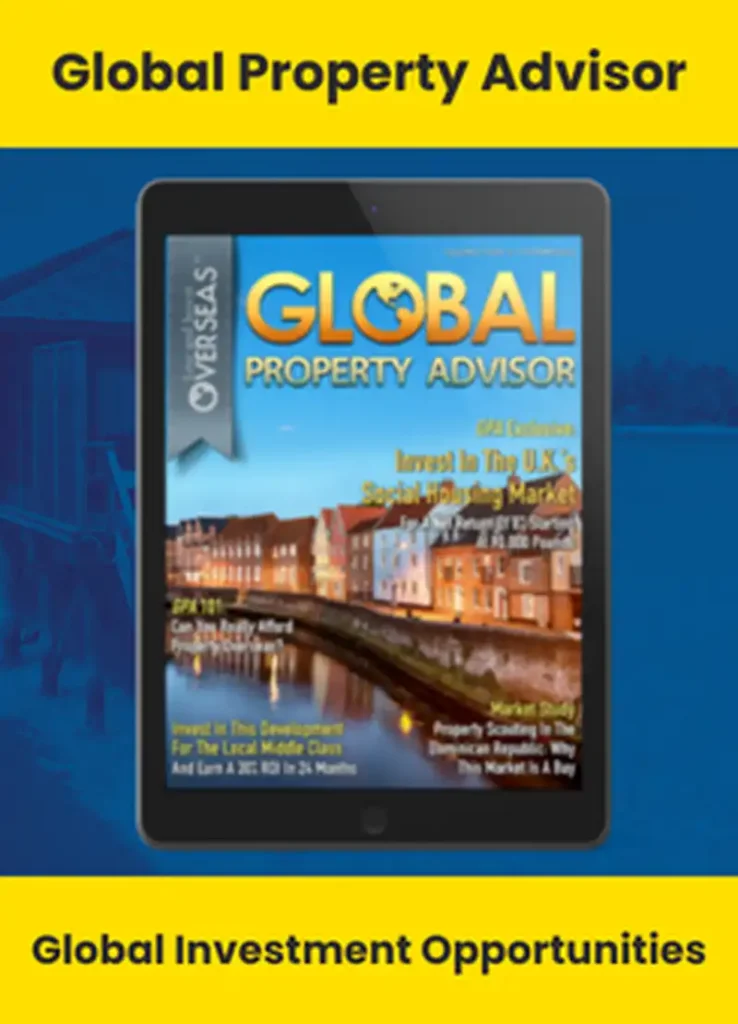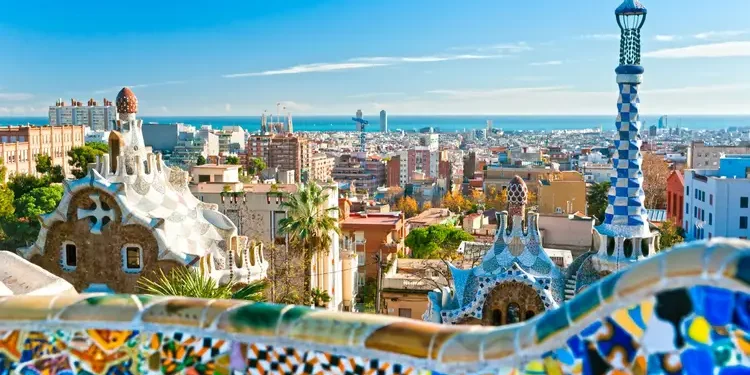Tucked in the northeast corner of Spain, Catalonia shares a border with France and Andorra and, in addition to a Mediterranean coast, has its own distinct language, history, and flag.
In large part, people here consider Catalonia a nation without a state—not part of a region—and many want it to be recognized as a country separate from Spain.
As for reasons why this region is worthy of your time and attention… take your pick…
There’s the art… Salvador Dalí and Pablo Picasso (among others) lived here, city streets pop with vibrant murals, and in The Museu Nacional d’Art de Catalunya you can immerse yourself in centuries of great works…
The architecture… from Gaudí’s Basílica de la Sagrada Família to the Montserrat monastery seemingly adrift in the clouds… Romanesque, Gothic, Modernist, Neo-Gothic, and other wonders present themselves around most every corner.
Start Your New Life Today, Overseas
The food… hearty veal stews, pork sausages bursting with flavor, blackened green onions (calçots) dripping in romesco sauce and washed down with generous glasses of red wine… Indeed, with 300 wineries in the area you won’t go thirsty here either.
The festivals… Saints, food, flowers, flamenco… there’s always a reason to party. A popular and impressive sight at Catalonia’s festivals are castells, human towers between 6 and 10 people high, which were declared an Intangible Heritage of Humanity by UNESCO in 2010.
It’s also naturally beautiful… there’s snow-capped mountains, forests of oak, pine, and beech, and over 350 miles of Mediterranean coastline dotted with picture-perfect fishing villages, boat-speckled bays, and forever stretches of immaculate golden sands…
Add to that, this is one of Spain’s richest and most industrialized regions. Its unemployment rate stands at 10.4%, compared with the national average of 12.3%, and its contribution to the Spanish GDP runs at about 20%—an impressive amount for a comparatively small region.
Catalonia is also home to Spain’s second city: Barcelona.
The economic, cultural, and administrative capital of Catalonia, Barcelona is a small city—a shade over 100 square kilometers—with a big population. 1.6 million people call the city center home while a further 4 million live in the suburbs.
Among them are residents of over 150 nationalities so making friends with fellow expats shouldn’t pose many problems.
Start Your New Life Today, Overseas
Barcelona is a walkable city, it’s mostly flat and pedestrian-friendly, but if you’re tight on time, tired, or looking to escape the sun, then the metro is your best bet. It’s fast, easy to navigate, and covers most of the city. It’s cheap, too. A single ticket is 2.55 euros.
If you’re a first-time visitor here, there’s a long list of attractions you’ll likely want to see for yourself. Chief among them are typically Gaudí’s Sagrada Familia, Park Güell, Casa Batlló, and Casa Milà. For soccer fans, a pilgrimage to Camp Nou stadium, home to FC Barcelona, is a must. For art-lovers, there’s the Picasso Museum, and for foodies, the Boqueria Market is a joy.
Most every tourist in the city makes their way to Las Ramblas at some point or other. This famous boulevard, lined with souvenir stalls, pop-up shops, flower sellers, and street performers, is for some, the place to be. For others, myself included, it’s an overcrowded, over-rated tourist trap whose elegance and charm has long since faded. It’s notorious for pickpockets, too.
Throughout her history, Barcelona has enjoyed some boom times, the 19th century being one. Thanks to industrialization and economic growth, the city had expanded rapidly, so much so that its medieval streets were crumbling under the pressure. Enter visionary architect Ildefons Cerdà.
His Plan Cerdà involved a network of straight, wide avenues, which would connect the different districts of the city, and octagonal blocks, which would allow for better circulation, light, and space.
His vision was egalitarian. He wanted each district of about 20 square blocks to have its own market, school, hospital, park, etc. It would look good, too, with wide boulevards, shade trees, chic shops, and modernisma (the Catalan version of art nouveau) flourishes.
The end result was the Eixample (expansion) neighborhood. Many of the homes here were built by wealthy families. They lived on the ground and first floor, leaving their servants to schlep up the stairs. Today, most of these large homes have been converted into apartments.
Lower-floor units tend to be bright and airy with big windows and high-ceilings while those on the upper floors enjoy great views, less street noise, and often roof-terraces. Many have added modern conveniences such as lifts.
With its wide boulevards, upscale shopping, and refined ambience Eixample is one of the city’s most desirable and exclusive districts. It’s safe, too, well-serviced by the metro, and packed with great restaurants, cafés, bars, and galleries.
Passieg de Gràcia (Barcelona’s answer to 5th Avenue) cuts the neighborhood into Eixample Esquerra (left) and Eixample Dreta (right). The right side is home to more families and older residents, including expats. The left is similarly attractive but you’ll find a livelier nightlife here as well as the city’s gay district, Gaixample.
Other neighborhoods worth considering are Vila de Gracia, a charming neighborhood within the larger Gracia district of Barcelona.
Live here and you can make Gaudí’s Park Güell your back yard. It has a bohemian, village-like feel, with well-preserved buildings, one-of-a-kind shops, and family-friendly amenities. The area also hosts the summer street festival, Festa Major de Gràcia, a colorful riot of parades, performances, music, and dancing.
Another boom moment in Barcelona’s history came with the 1992 Olympics, which transformed the city and, for the Sant Martí district’s El Poblenou neighborhood in particular, it was a gamechanger.
This once a gritty industrial district backing onto an urban coastline was selected as the location for the Games’ Olympic village. The team of architects behind the project focused on quality housing, green spaces, and sprawling avenues bound for the sea.
At the coast, thousands of tons of sand were used to create beaches, and today the area is one of the city’s coolest neighborhoods filled with vintage stores, independent coffee houses, eclectic markets, and buzzing bars.
Sincerely,

Victoria Harmer
Contributor, Europe Letter
Start Your New Life Today, Overseas










